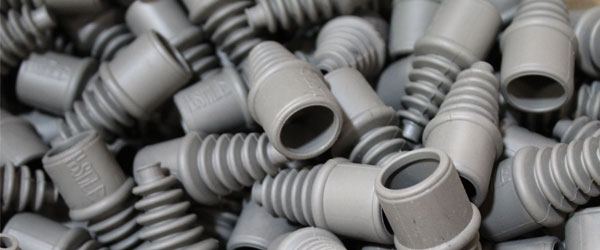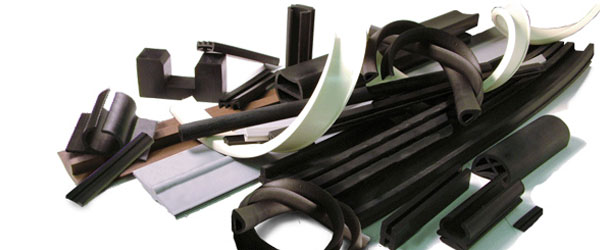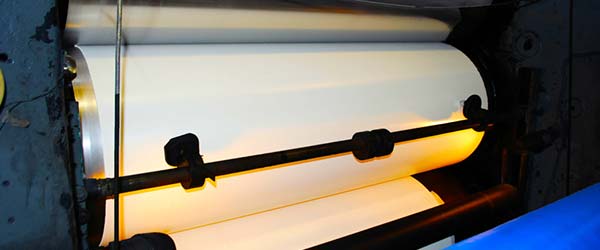Flow Behavior of Rubber Compounds
Rubber compounds are complex mixtures of rubber, fillers, oils, curatives, and other additives. Such experimental studies as have been done, have, of necessity, been confined to a few specific, and usually simple, compounds. Mathematical models of rubber flow, have, therefore, to make a number of simplifying assumptions in order to reduce their complexity, and to … Continued
 (909) 987-1774
(909) 987-1774 Email Us
Email Us







